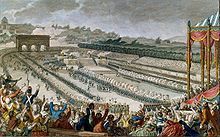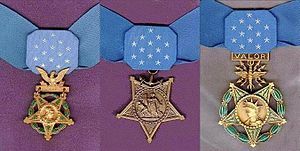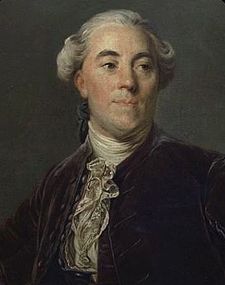Cross posted from The Stars Hollow Gazette
This is your morning Open Thread. Pour your favorite beverage and review the past and comment on the future.
Find the past “On This Day in History” here.
Click on images to enlarge
July 18 is the 199th day of the year (200th in leap years) in the Gregorian calendar. There are 166 days remaining until the end of the year.
On this day in 1940, Franklin Delano Roosevelt, who first took office in 1933 as America’s 32nd president, is nominated for an unprecedented third term. Roosevelt, a Democrat, would eventually be elected to a record four terms in office, the only U.S. president to serve more than two terms.
Roosevelt was born January 30, 1882, in Hyde Park, New York, and went on to serve as a New York state senator from 1911 to 1913, assistant secretary of the Navy from 1913 to 1920 and governor of New York from 1929 to 1932. In 1932, he defeated incumbent Herbert Hoover to be elected president for the first time. During his first term, Roosevelt enacted his New Deal social programs, which were aimed at lifting America out of the Great Depression. In 1936, he won his second term in office by defeating Kansas governor Alf Landon in a landslide.
The two-term tradition had been an unwritten rule (until the 22nd Amendment after his presidency) since George Washington declined to run for a third term in 1796, and both Ulysses S. Grant and Theodore Roosevelt were attacked for trying to obtain a third non-consecutive term. FDR systematically undercut prominent Democrats who were angling for the nomination, including two cabinet members, Secretary of State Cordell Hull and James Farley, Roosevelt’s campaign manager in 1932 and 1936, Postmaster General and Democratic Party chairman. Roosevelt moved the convention to Chicago where he had strong support from the city machine (which controlled the auditorium sound system). At the convention the opposition was poorly organized but Farley had packed the galleries. Roosevelt sent a message saying that he would not run, unless he was drafted, and that the delegates were free to vote for anyone. The delegates were stunned; then the loudspeaker screamed “We want Roosevelt… The world wants Roosevelt!” The delegates went wild and he was nominated by 946 to 147 on the first ballot. The tactic employed by Roosevelt was not entirely successful, as his goal had been to be drafted by acclamation. The new vice presidential nominee was Henry A. Wallace, a liberal intellectual who was Secretary of Agriculture.
In his campaign against Republican Wendell Willkie, Roosevelt stressed both his proven leadership experience and his intention to do everything possible to keep the United States out of war. In one of his speeches he declared to potential recruits that “you boys are not going to be sent into any foreign war.” He won the 1940 election with 55% of the popular vote and 38 of the 48 states. A shift to the left within the Administration was shown by the naming of Henry A. Wallace as Vice President in place of the conservative Texan John Nance Garner, who had become a bitter enemy of Roosevelt after 1937.







 On this day in 1789,
On this day in 1789, 